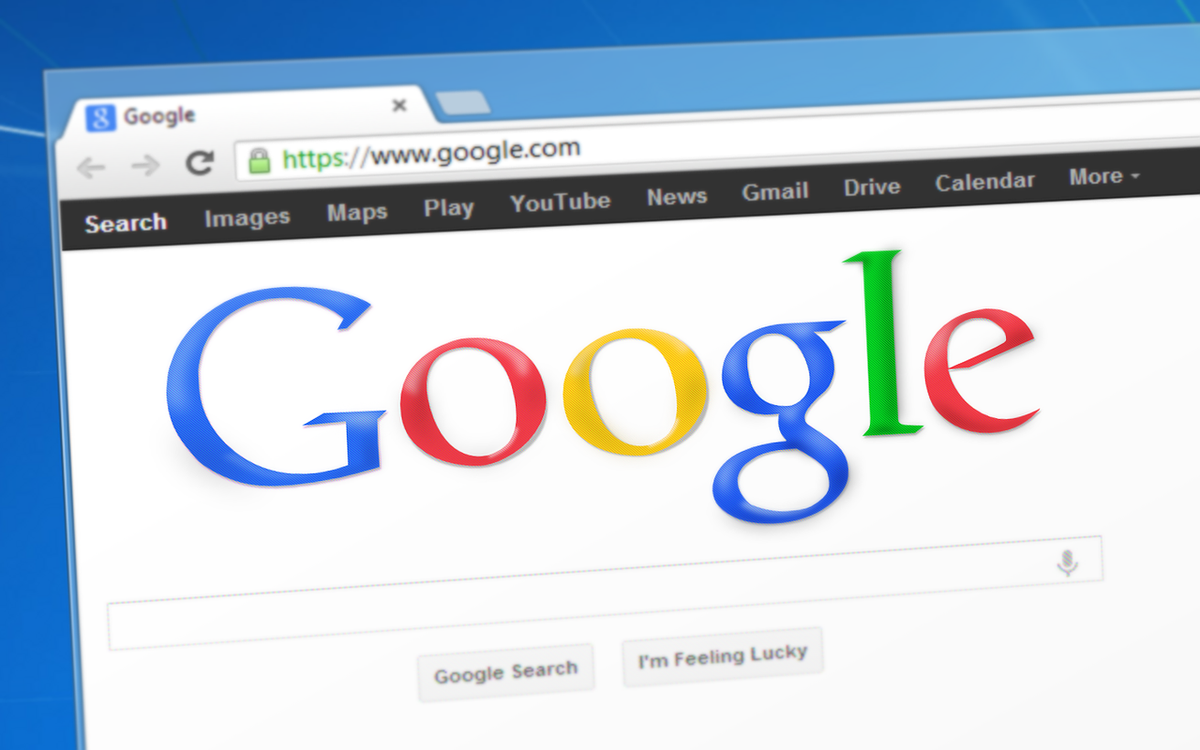
Google has announced a significant revision of its privacy policies surrounding the handling and retention of user data.
According to a new blog post, Google will now automatically delete user search information, location data, and voice commands after 18 months have elapsed since capture.
Meanwhile, YouTube activity will remain archived for 36 months by default, which Google says will ensure viewers receive the most relevant content.
“As we design our products, we focus on three important principles: keeping your information safe, treating it responsibly, and putting it in control,” wrote Sundar Pichai, CEO of Google and Alphabet. “Today we announce privacy enhancements to help achieve this.”
The company’s automatic removal controls have been in place since last year, but will now be enabled by default for new users. However, existing Google account holders will need to manually enable the automatic removal feature from the Activity Controls panel.

Google privacy update
Google’s new data retention policies are part of a broader campaign to offer better user privacy and data security. In recent months, the company has taken steps to strengthen the security of popular video conferencing service Google Meet protects users against coronavirus related scams and mitigate the privacy risk posed by facial recognition technology.
“We believe that products should hold your information only as long as it is useful and useful to you, whether it is to be able to find your favorite destinations on Maps or get recommendations on what to see on YouTube … We continue to challenge ourselves to do more with less.” Pichai said.
The firm also took the opportunity to introduce a series of smaller changes designed to make it easier for users to access privacy controls and improve account security.
Soon, search queries like “Are my Google accounts secure?” o ‘Google Privacy Checkup’ will return a custom widget that allows users to make quick adjustments to their account controls.
Accessing Incognito mode within the most popular Google applications, such as YouTube, Search and Maps, it will also be much easier. To enter private browsing, users only need to press and hold their profile picture.
In the coming weeks, Google’s password verification tool will also be integrated into the security verification service, which notifies users of cracks in their security armor. The addition will allow account holders to check if any of their login credentials have been compromised and protect themselves against potential credential padding attacks.